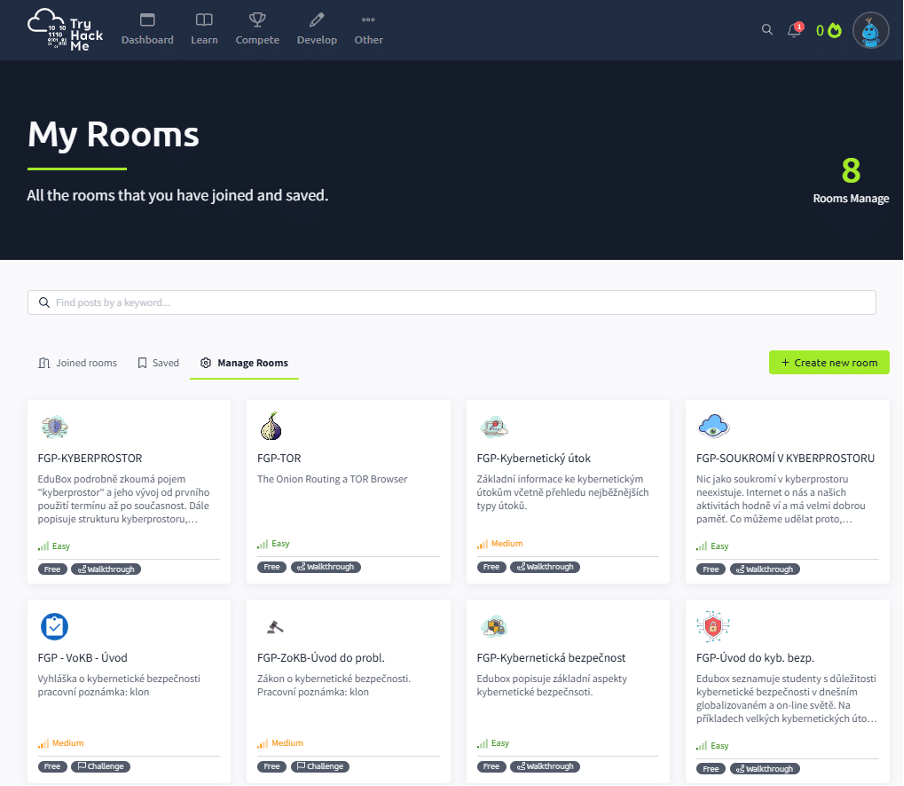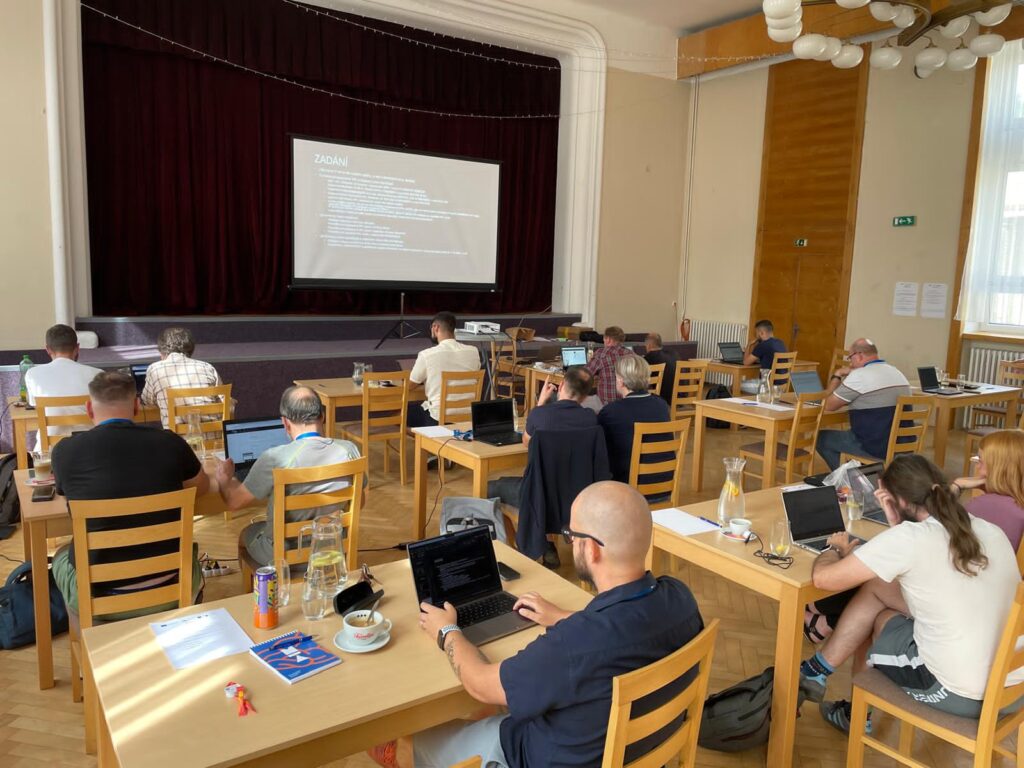The Moravian-Silesian Technological Academy is launching a new educational module focused on cybersecurity, bringing innovation to vocational high school education. Led by Radim Juchelka and his team, this course aims to develop key skills among vocational high school students in the Moravian-Silesian Region, essential for protecting the digital world and preparing them for future professional challenges in the field of cybersecurity.
1. Why is cybersecurity important and what are the most common cyber threats facing today’s society?
In cyberspace (the realm of digital information, devices, networks, and systems), most transactions related to everyday life in the physical world now take place. In cyberspace, we work, learn, receive medical care, entertain ourselves, communicate, and carry out financial and business transactions. We are “in it up to our ears.” These two worlds intertwine. Cyberspace is vulnerable and imperfect because it is a product of humans and a tool used by humans. Some people seek to exploit the vulnerabilities of cyberspace for their own benefit, much like they do in the physical world. However, causing harm in cyberspace is much easier.
2. What impact will cybersecurity have on future daily activities, and what is its role in current high school education programs?
Cybersecurity has a similar effect on cyberspace as physical security does on activities in the physical world. To reduce risks and feel safe, you secure your home, install alarms, or use protective systems. In cyberspace, digital tools are used to defend against cyber threats. With the increasing number of threats and vulnerabilities, it is becoming increasingly important to learn how to operate safely in cyberspace. The content of cybersecurity education in school curricula is growing because awareness of security in the digital world affects everyone, albeit to varying degrees and depths.

3. What will the process of integrating cybersecurity-focused EduBoxes under the MTA’s guidance into school curricula look like?
The implementation of cybersecurity education in schools occurs in three phases. The first phase targets vocational schools with Information Technology programs, where the most extensive and in-depth instruction will take place. For these schools, we’ve created an educational program for 3rd and 4th years, including two hours of practical lessons per week. In the 2024/2025 academic year, this will be implemented for 3rd-year students, and in 2025/2026 for 4th-year students. Next, gymnasiums and other high schools will follow, with less specialized instruction tailored to their respective programs.
4. How many students and schools will the integration of this new subject affect during the 2024/25 school year?
This school year, we will focus on future IT professionals in eight schools, with approximately 400 3rd-year students from IT-related programs participating.
5. What key skills and knowledge should students gain after completing this subject to be better prepared for further education or entering the job market?
Cybersecurity education is designed to develop both hard and soft skills. Through practical lessons using the TryHackMe platform, students will acquire the skills needed to protect cyberspace. They will learn to identify and prevent threats, making them better prepared for future professional challenges.

6. How is cybersecurity taught, what specific tools are used, and what can students try during the course?
The course is taught in a hands-on manner using the TryHackMe platform, which offers educational modules with virtual labs where students can practically apply their newfound knowledge. The platform contains over 800 educational modules, and both students and teachers are part of a global community that collaborates and shares experiences.
7. What is your team’s vision for MTA in the coming years, and what would an ideal scenario for the development of this important topic look like?
Our cybersecurity team currently consists of three teachers and eight high school students and graduates. This year, we plan to organize the first regional cybersecurity competition. Next year, we aim to expand the curriculum to 4th-year students and deploy our own virtual platform, CYLAB. This platform will allow students and teachers to work in an environment with virtual machines and use it not only for cybersecurity education but also for other subjects. Our long-term goal is to involve more teachers, students, and companies, gradually creating high-quality educational materials that we could share on a global level.
This project was made possible with the support of the TPA Project – Innovation Center for Education Transformation – CZ.10.03.01/00/22_003/0000072, implemented through the Operational Program for Fair Transformation (OPST) of the State Environmental Fund.





